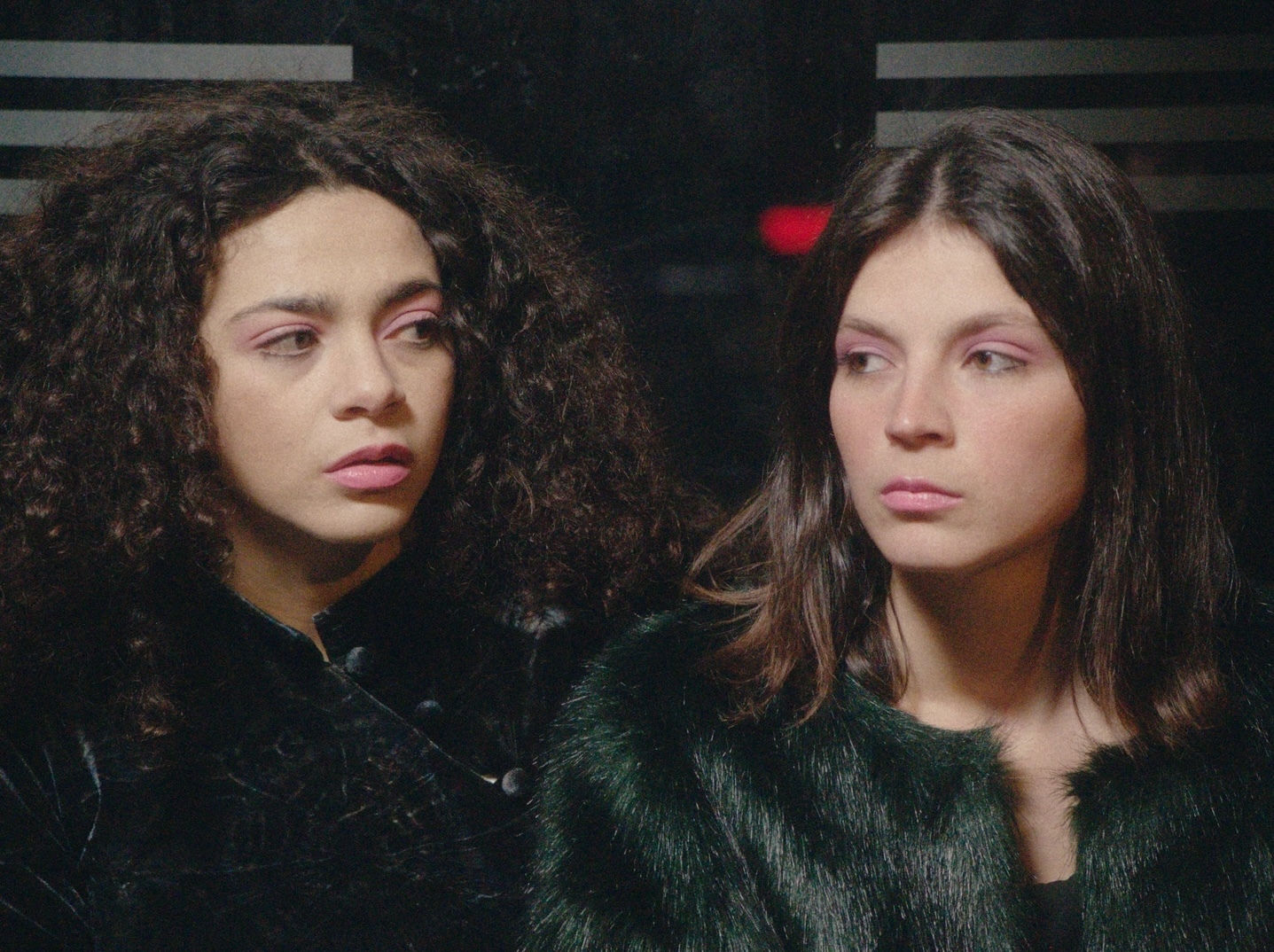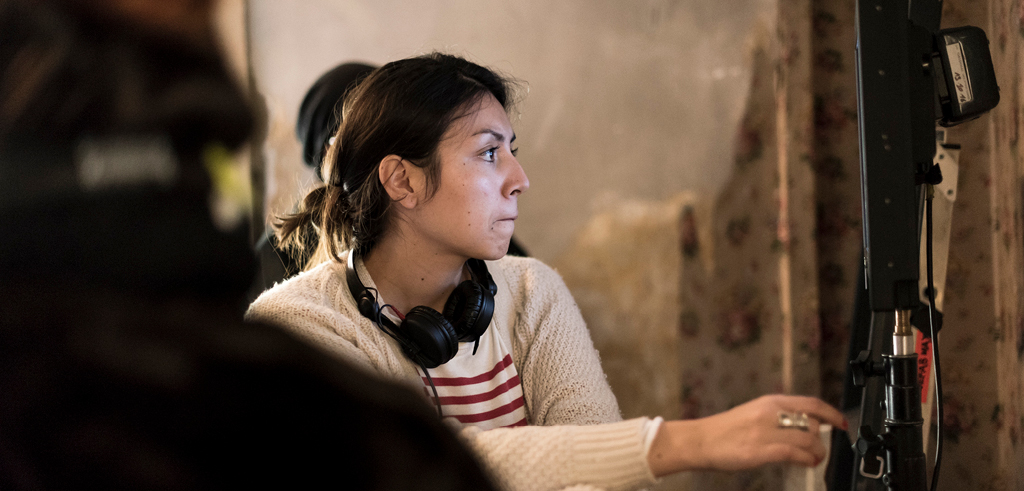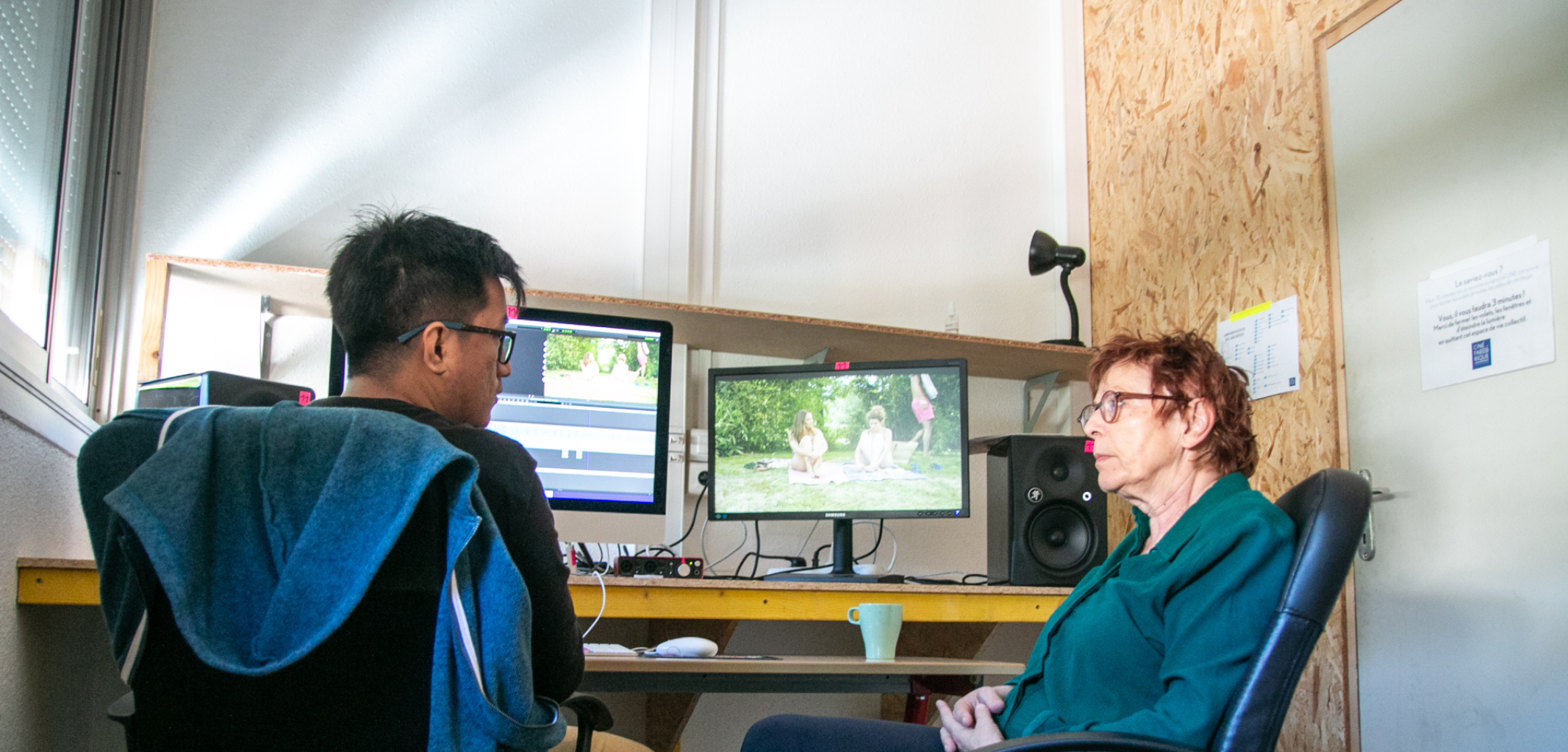
Index: Tracks
THE EDITING TRACK
AAfter a year of introductory classes, students on the Editing track learn how to edit films for film, television, and new media.
Under the instruction of professionals, students learn software, video editing techniques, workflow management, and how to work as an assistant. They are also introduced to audio editing, colour grading, and special effects and have access to equipment plentiful enough for one per student.
The school also features professional post-production software and equipment (Avid, Pro Tools, DaVinci), 18 individual editing suites, 4 dubbing stages, 3 colour grading stations, and a screening room.
Instruction places a strong emphasis on extensive hands-on exercises, working alone or with instructors who are professional editors and directors. Topics are taught by leading editors and assistants with experience in everything from cinema and television to fiction, documentaries, and genre films.
In third-year sandwich courses, students on the Editing track explore post-production in the real world by working at companies performing editing for fiction and documentary films, television shows, web series, and even post-production laboratories. They also continue their coursework, building on lessons learned in the second year and in the workplace.
Editing instructors:
Agnès Challe-Grandits (USA)
Anne-Laure Viaud
Aurèle Colin
Camille Geoffray
Catherine Renault
Cécile Brettnacher
Célia Laffitedupont
Fabrice Rouaud
Florence Bon
François Quiquere
Laurence Manheimer
Isabelle Poudevigne
Julia Maby
Julien Chigot
Laure Gardette
Laurent Rouan
Marie Beaune
Marie-Pierre Frappier
Meg Reticker (USA)
Monique Dartonne
Nadia Ben Rachid
Nadine Verdier
Nathalie Langlade
Samuel Lajus
Sanabel Cherqaoui
Sarah Ternat
Stéphane Elmadjian
Sylvie Perrin
Thomas Fernandez

